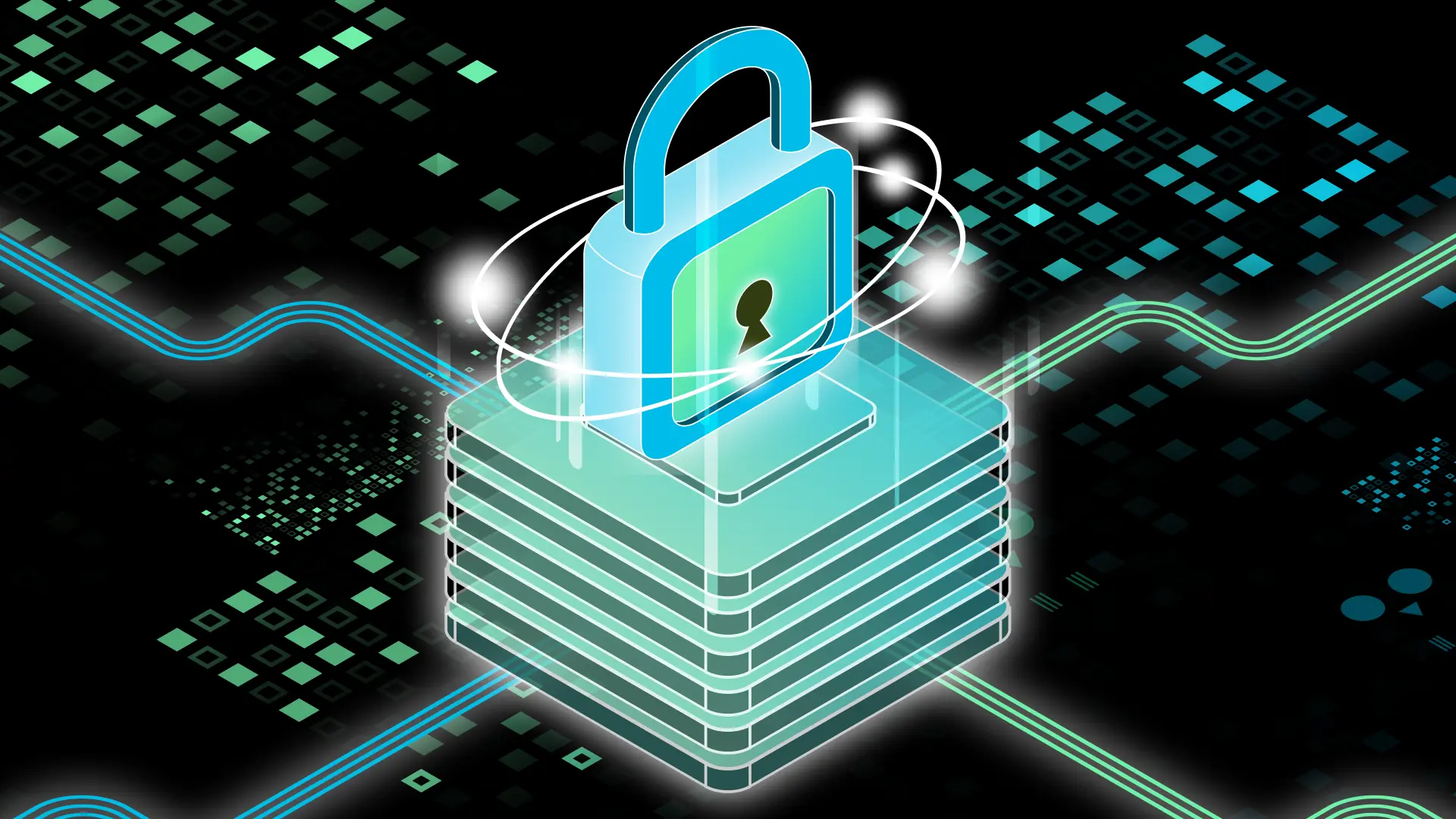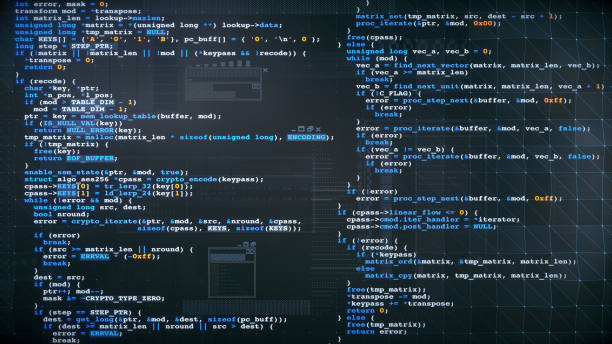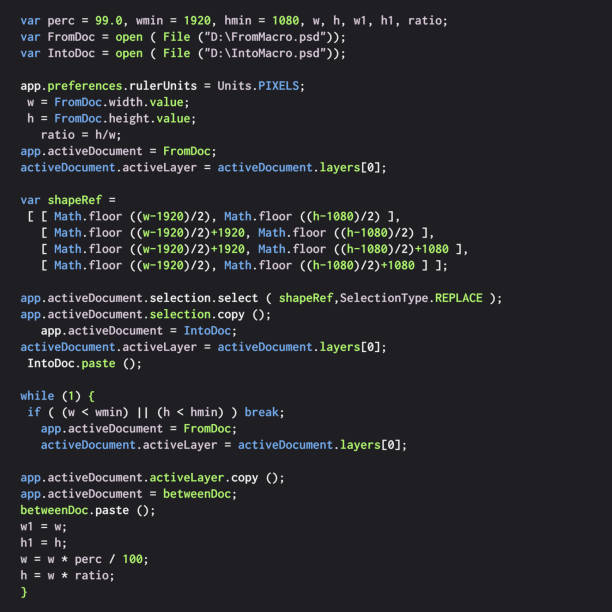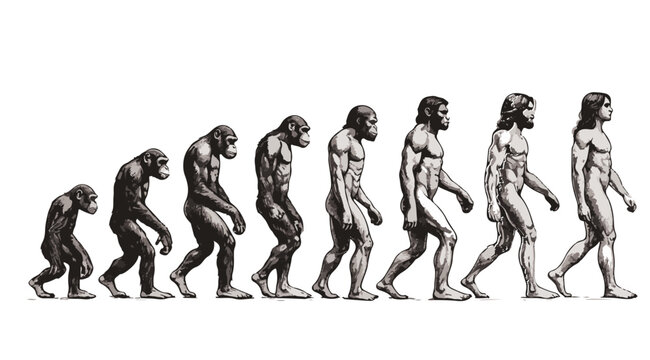Quantum cryptography is one of the most revolutionary developments in modern science—a fusion of quantum mechanics and information security that promises to redefine how data can be protected in the digital age. At its core, quantum cryptography leverages the fundamental principles of quantum physics to create secure communication systems that are theoretically immune to eavesdropping. Unlike traditional cryptographic methods that rely on mathematical complexity and computational difficulty, quantum cryptography is grounded in the immutable laws of nature.
To understand the significance of this technology, one must first appreciate the challenges of classical cryptography. Conventional encryption systems, such as RSA or ECC (Elliptic Curve Cryptography), depend on the assumption that certain mathematical problems are too difficult to solve within a reasonable amount of time. For example, RSA encryption relies on the hardness of factoring very large numbers. However, with the emergence of quantum computers—machines capable of performing certain calculations exponentially faster than classical computers—these once-secure systems face the real risk of becoming obsolete.
Quantum cryptography provides an alternative paradigm for secure communication, one that does not depend on the limitations of human computation but instead on the fundamental laws of quantum mechanics. The most well-known application of this principle is quantum key distribution (QKD), a method that allows two parties to share encryption keys with absolute security, even in the presence of an eavesdropper. To grasp how QKD and quantum cryptography work, we must first explore the principles of quantum physics that make them possible.
The Quantum Foundations of Cryptography
Quantum cryptography is built upon the counterintuitive rules of quantum mechanics, the branch of physics that governs the behavior of matter and energy at the smallest scales. Several quantum principles are crucial to its operation: superposition, entanglement, and the measurement postulate.
Superposition is the idea that a quantum particle, such as a photon or an electron, can exist in multiple states simultaneously until it is measured. This means that a photon’s polarization—its direction of vibration—can represent multiple possible values at once. When measured, however, the particle’s state “collapses” to one definite value. This property can be used to encode information in ways that cannot be precisely known without disturbing the system.
Entanglement, another cornerstone of quantum theory, refers to the phenomenon where two or more particles become linked in such a way that the state of one instantly determines the state of the other, no matter how far apart they are. This “spooky action at a distance,” as Einstein famously called it, has been experimentally verified countless times. Entanglement enables correlations between particles that cannot be explained by classical physics and forms the basis for several quantum cryptographic protocols.
The measurement postulate states that any observation of a quantum system inevitably alters its state. In cryptography, this principle ensures that any attempt by an eavesdropper to intercept quantum information will leave detectable traces. Unlike classical systems, where information can be copied or observed without interference, quantum systems make perfect secrecy possible because eavesdropping fundamentally changes the data being transmitted.
Together, these quantum properties allow the creation of cryptographic systems that are not merely difficult to break but physically impossible to compromise without detection.
The Concept of Information Security
In traditional information security, encryption plays the central role. Encryption is the process of encoding information in such a way that only authorized parties can read it. Classical encryption relies on keys—strings of bits known to both sender and receiver—that are used to transform plain text into unreadable ciphertext. The security of such systems depends on the secrecy of these keys.
The distribution of these keys, however, presents a major vulnerability. If an attacker can intercept the key during transmission, the entire communication becomes compromised. This problem, known as the key distribution problem, has haunted cryptography since its inception.
Quantum cryptography solves this challenge by enabling unconditionally secure key distribution through quantum key distribution. Unlike classical methods, QKD ensures that any attempt to eavesdrop on the transmission can be detected, because the act of measuring quantum bits (qubits) unavoidably disturbs them. This ability to detect intrusion is the defining advantage of quantum cryptography over all classical counterparts.
Quantum Key Distribution (QKD): The Heart of Quantum Cryptography
Quantum key distribution is the most developed and practical application of quantum cryptography. The goal of QKD is to enable two parties, commonly called Alice and Bob, to share a secret key in such a way that any eavesdropper, known as Eve, cannot obtain information about the key without revealing her presence.
The first and most famous QKD protocol was proposed in 1984 by Charles Bennett and Gilles Brassard and is known as BB84. This protocol uses the quantum properties of photons to transmit information securely. In BB84, the sender (Alice) encodes bits onto the polarization states of photons and sends them to the receiver (Bob). Each bit is represented by a photon polarized in one of four possible states: horizontal, vertical, +45°, or –45°.
Because of the Heisenberg uncertainty principle, measuring the polarization of a photon in the wrong basis produces random results and disturbs the photon’s state. Thus, if Eve tries to intercept the photons, her measurements will introduce detectable errors. After transmission, Alice and Bob publicly compare a subset of their data to detect any anomalies that might indicate eavesdropping. If the error rate is below a certain threshold, they can safely use the remaining bits to generate a secret key.
Other QKD protocols, such as E91 (based on quantum entanglement) and B92 (a simplified version of BB84), also exploit the same physical principles but differ in their implementation details. Regardless of the specific protocol, the underlying security arises not from computational assumptions but from the fundamental laws of quantum physics.
The Role of Entanglement in Quantum Cryptography
Entanglement-based cryptography adds an even deeper layer of security and potential. In an entanglement-based QKD system, such as the Ekert 1991 (E91) protocol, a source produces pairs of entangled photons and sends one photon to Alice and the other to Bob. Because the two photons are entangled, their polarization states are perfectly correlated, even when measured in random bases.
If an eavesdropper attempts to intercept or measure one of the photons, the entanglement is disturbed, and the correlations between Alice’s and Bob’s measurements are altered in a detectable way. This provides a direct method for identifying intrusion. Furthermore, the security of the E91 protocol can be tested using Bell’s inequalities, which measure the strength of quantum correlations. If the results violate Bell’s inequality, it confirms that the particles remain entangled and the channel is secure.
Entanglement also paves the way for future quantum networks, where quantum states can be shared across vast distances, linking multiple parties in a secure communication web. These “quantum internets” will depend on entanglement distribution and quantum repeaters, allowing quantum keys to be shared between distant nodes with the same security guarantees as local QKD.
Quantum States as Information Carriers
In quantum cryptography, information is encoded in quantum states, typically using photons as carriers. A photon can have several measurable properties—polarization, phase, or time of arrival—that can represent binary data. These properties are used to encode qubits, the quantum analog of classical bits.
Unlike classical bits, which can only be 0 or 1, qubits can exist in a superposition of both states simultaneously. This property enables unique information transmission strategies that cannot be duplicated or perfectly copied, thanks to the no-cloning theorem. The no-cloning theorem states that it is impossible to create an exact copy of an unknown quantum state, ensuring that an eavesdropper cannot intercept and duplicate a photon stream without introducing detectable errors.
In practice, QKD systems use lasers to generate single photons or weak coherent pulses and optical fibers or free-space links to transmit them. The challenge lies in maintaining the coherence and integrity of these fragile quantum states across long distances, where noise and loss can easily disrupt the transmission.
The No-Cloning Theorem and Its Cryptographic Implications
One of the most powerful guarantees of quantum cryptography comes from the no-cloning theorem, a fundamental result of quantum mechanics formulated in 1982. The theorem asserts that it is impossible to make an identical copy of an arbitrary unknown quantum state.
This principle is central to QKD because it prevents eavesdroppers from duplicating quantum signals to extract information without being detected. In classical communication, copying information is trivial—any message can be replicated endlessly. In contrast, quantum data cannot be cloned or measured without disturbing the original state.
If Eve attempts to measure a photon’s polarization in the wrong basis, she alters the photon’s state, and this disturbance becomes apparent when Alice and Bob compare their measurement results. The no-cloning theorem thus ensures that any interception leaves a fingerprint in the data, allowing Alice and Bob to detect an attack before they use the compromised key.
Practical Implementation of Quantum Cryptography
While the theory of quantum cryptography is elegant, implementing it in the real world involves numerous technical challenges. Quantum systems are fragile and highly sensitive to noise, loss, and environmental interference. Maintaining quantum coherence—the property that preserves superposition and entanglement—over long distances requires precise control of experimental conditions.
Quantum key distribution systems are typically built using fiber-optic cables or free-space optical links. Fiber-based QKD can achieve secure transmission over hundreds of kilometers, although signal loss in fibers increases exponentially with distance. Free-space QKD, on the other hand, uses photons transmitted through the atmosphere and is suitable for satellite-based systems.
A significant milestone was achieved in 2017, when the Chinese satellite Micius successfully demonstrated QKD between ground stations thousands of kilometers apart. This experiment proved that quantum communication could be extended to global scales, marking the beginning of the quantum internet era.
Modern QKD systems combine quantum and classical technologies. Quantum channels are used for key distribution, while classical communication channels handle public discussions for error correction and privacy amplification. Together, they enable the creation of a final shared key that is provably secure.
Security Proofs and Theoretical Foundations
The strength of quantum cryptography lies in its provable security. Unlike classical cryptographic algorithms, which can be broken given enough computational power, quantum cryptography is secure against any adversary constrained by the laws of physics.
Security proofs in quantum cryptography analyze all possible strategies an eavesdropper could employ to extract information from the quantum channel. These proofs show that if the observed error rate is below a certain threshold, the eavesdropper’s potential information about the key is negligible. Privacy amplification techniques can further reduce any residual information Eve might have, ensuring complete secrecy.
Even in the presence of imperfect equipment—such as photon detectors with limited efficiency or noise in the transmission channel—quantum cryptography can be made secure through rigorous mathematical modeling and error correction algorithms. Device-independent QKD protocols, which do not rely on trust in the equipment itself, are currently being developed to eliminate vulnerabilities arising from practical imperfections.
Quantum Hacking and Countermeasures
Despite its theoretical perfection, real-world quantum cryptography is not immune to attacks. Quantum hacking targets the physical implementation rather than the theory. For instance, photon detectors can be blinded or tricked into producing false readings through carefully crafted light pulses, allowing attackers to gain information about the key without detection.
To counter such threats, researchers have developed countermeasures like measurement-device-independent QKD (MDI-QKD), where the detection process is performed by an untrusted third party. In this setup, security does not rely on the integrity of the detectors, effectively nullifying many quantum hacking techniques.
Furthermore, hardware calibration, secure random number generation, and constant monitoring of system parameters are essential to maintain security in practical deployments. Quantum cryptography thus evolves continuously, not only through theoretical breakthroughs but also through engineering innovations that strengthen its real-world resilience.
Quantum Cryptography Beyond Key Distribution
While quantum key distribution is the most prominent application, quantum cryptography extends beyond it. Quantum digital signatures, quantum authentication, and quantum secret sharing are emerging fields that aim to replicate and enhance classical cryptographic functions using quantum principles.
Quantum digital signatures ensure that messages cannot be forged or altered without detection, while quantum secret sharing allows a secret to be distributed among multiple parties in such a way that only specific combinations of participants can reconstruct it. These systems rely on entanglement and quantum correlations to guarantee security at a fundamental level.
Quantum-secure direct communication (QSDC) is another promising development. Unlike QKD, which first distributes a key and then uses it for classical encryption, QSDC allows messages to be transmitted directly through quantum channels. This eliminates the need for separate encryption steps and could simplify secure communications in future quantum networks.
Quantum Networks and the Quantum Internet
The next frontier for quantum cryptography is the creation of a global quantum network—a quantum internet that connects users through entanglement-based links and quantum repeaters. Such a network would enable QKD between distant parties, quantum teleportation of states, and distributed quantum computing.
Building a quantum internet requires overcoming significant technical challenges, particularly in maintaining entanglement over long distances. Quantum repeaters, devices that extend the range of quantum communication by storing and retransmitting entangled states, are under active development. Advances in quantum memory and photonic integration will be crucial for realizing these systems.
When achieved, the quantum internet will revolutionize communication security, scientific collaboration, and distributed computation. Every node in the network will be connected through quantum correlations, ensuring absolute secrecy and integrity of information.
The Future of Quantum Cryptography
Quantum cryptography is no longer confined to theoretical physics laboratories. Commercial QKD systems are already available and are being deployed in government, military, and financial sectors where data security is critical. Several countries, including China, the United States, and members of the European Union, are investing heavily in quantum communication infrastructure.
The integration of quantum cryptography with classical networks—creating hybrid systems that combine quantum security with existing internet protocols—is a major area of research. As quantum computers become more powerful, the need for quantum-safe encryption will grow even more urgent.
Post-quantum cryptography, which develops classical algorithms resistant to quantum attacks, complements quantum cryptography. Together, they form a dual approach to securing the digital future: one based on physics, the other on advanced mathematics.
In the long term, advances in quantum hardware, photon detection, and integrated photonics will make quantum cryptography more accessible, reliable, and scalable. As the technology matures, it could become as ubiquitous as today’s classical encryption systems, providing unbreakable security for everything from personal communications to global financial systems.
Philosophical and Scientific Implications
Quantum cryptography also raises profound philosophical questions about information and reality. It embodies the principle that information is a physical quantity, subject to the same laws as energy and matter. The fact that security can be guaranteed by the laws of physics rather than human ingenuity represents a paradigm shift in our understanding of trust and communication.
It also challenges traditional notions of knowledge and observation. The inability to measure quantum systems without disturbing them reveals deep limits to what can be known with certainty. In this sense, quantum cryptography not only protects information but also embodies the epistemological boundaries of the universe itself.
Conclusion
Quantum cryptography represents one of the greatest triumphs of modern physics and engineering—a practical application of quantum mechanics that offers absolute security rooted in the laws of nature. By exploiting phenomena such as superposition, entanglement, and the no-cloning theorem, it achieves what was once thought impossible: communication that cannot be secretly intercepted or duplicated.
From the foundational BB84 protocol to global quantum networks and satellite-based systems, the progress of quantum cryptography marks a new era in information security. It bridges the microscopic and the technological, turning abstract quantum principles into real-world systems that safeguard the flow of information across the globe.
As humanity steps into the quantum age, where computation, communication, and sensing all rely on quantum mechanics, quantum cryptography will stand as the guardian of privacy and trust. It is more than a tool—it is a manifestation of the universe’s fundamental symmetry between knowledge and uncertainty. In a world increasingly driven by data, quantum cryptography ensures that the most valuable human creation—information—remains truly and eternally secure.






